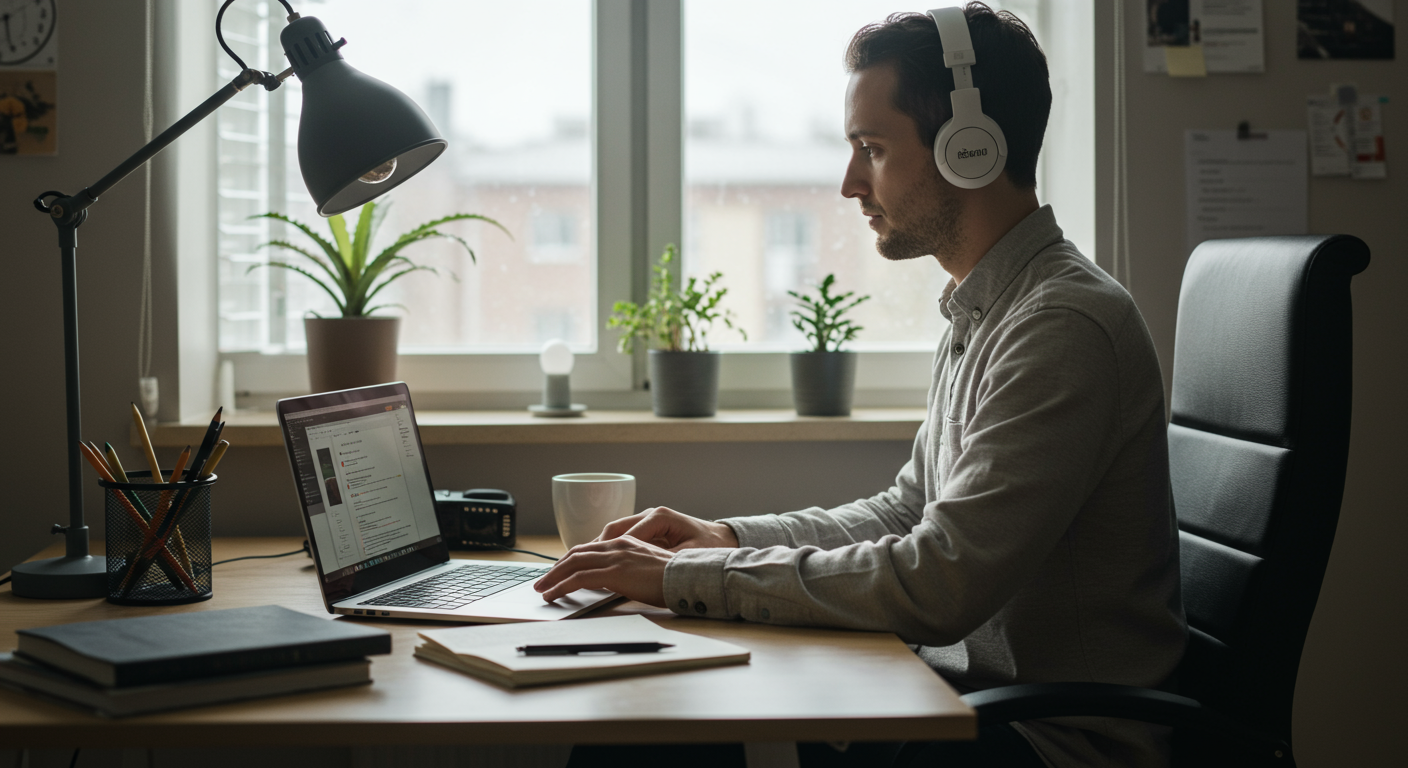In today's fast-paced world, the ability to truly focus is a superpower. While multitasking is often touted as a skill, it’s frequently a productivity killer, leading to scattered attention and diminished output. This guide is designed for intermediate users like you, ready to master single-tasking for peak performance. We’ll dive deep into advanced strategies and practical techniques to help you achieve laser-like focus and accomplish more in less time.

Advanced Concepts You Need to Master
Single-tasking is more than just doing one thing at a time; it’s about cultivating deep focus. This involves understanding your cognitive load, managing distractions, and creating an environment conducive to concentration. The first step is recognizing the cognitive cost of task-switching. Every time you switch tasks, your brain needs to re-orient itself, leading to lost time and energy. Training your mind to stay on one task requires mindful practice and strategic adjustments to your workflow.
Professional-Level Productivity Strategies
- Prioritization Mastery: Begin with a clear understanding of your priorities. Use methods like the Eisenhower Matrix (urgent/important) or the Pareto Principle (80/20 rule) to identify the most impactful tasks. Focus on these high-value activities first.
- Time Blocking: Schedule specific blocks of time for specific tasks in your calendar. Treat these appointments with yourself as non-negotiable. This technique is especially effective when combined with the Pomodoro Technique—25 minutes of focused work followed by a short break.
- Batching Similar Tasks: Group similar tasks together to minimize context switching. For example, dedicate a block of time to answering emails, another to making phone calls, and another to writing. This way, you’re using the same mental ‘muscle’ without constantly shifting gears.
Expert Implementation Techniques
To truly excel at single-tasking, it’s essential to create a focused environment. This involves both physical and digital adjustments:
- Workspace Optimization: Create a physical workspace free of distractions. Clear your desk of clutter and ensure you have everything you need within reach. If you work in an open office, consider noise-canceling headphones.
- Digital Detox: Turn off notifications on your phone, close unnecessary browser tabs, and silence your email. If you find yourself tempted by social media, consider using website blockers or apps like the Forest App to limit access during focused work sessions.
- Mindfulness and Meditation: Even a few minutes of meditation each day can significantly improve your ability to focus. Mindfulness helps you become more aware of your thoughts and less likely to be distracted by them.
Case Study: High-Performance Productivity Optimization
Let’s examine how Sarah, a marketing manager, significantly improved her productivity using single-tasking. Sarah was constantly juggling multiple projects, feeling overwhelmed, and struggling to meet deadlines. She implemented the following strategies:
- Task Prioritization: Used the Eisenhower Matrix to identify and focus on the most critical tasks each day.
- Time Blocking: Scheduled specific time blocks in her calendar for focused work on each project.
- Workspace Setup: Created a distraction-free workspace, turning off all notifications and using noise-canceling headphones.
Within a month, Sarah saw a 30% increase in her productivity and a significant reduction in stress. By prioritizing, planning, and creating a focused environment, she transformed her workday from chaotic to controlled.
Managing Complex Workflows
Even in complex workflows, single-tasking is achievable. The key is to break down large projects into smaller, manageable tasks. Use project management tools like Trello to organize your tasks, track your progress, and maintain a clear overview of everything you need to do. Each small task then becomes a single-tasking opportunity.
Advanced Tool Integration
Integrating tools effectively is crucial for advanced single-tasking. Consider the following:
- Focus Apps: Utilize apps like Forest App to stay on task. The Forest App helps you avoid distractions by “planting” a virtual tree that grows while you focus on your work. If you leave the app, the tree dies, creating a strong incentive to stay on task.
- Time Tracking Software: Use tools like RescueTime to monitor how you spend your time. This helps you identify time-wasting activities and make necessary adjustments to your workflow. RescueTime provides detailed insights into your app and website usage, allowing you to pinpoint distractions that hinder your single-tasking efforts.
- Project Management Tools: For team projects, use project management tools like Asana to break down projects into smaller tasks. This can help each team member focus on single tasks. Asana can help in organizing the tasks so each member can focus on single tasks.
Scaling and Automation Strategies
Once you’ve mastered the basics, you can scale your single-tasking efforts through automation. Automate repetitive tasks to free up your time and mental energy. This can include using email filters, setting up automated social media posts, and using software to streamline your workflow. When possible, delegate tasks to others to further optimize your time and focus.
Expert-Level Productivity Insights
- The Power of Deep Work: Embrace deep work sessions—periods of focused, distraction-free work. Schedule these sessions in your calendar and treat them as non-negotiable. During these times, disconnect from the internet, turn off notifications, and focus solely on the task at hand.
- Regular Breaks: Incorporate short breaks throughout the day. These breaks allow your brain to recharge and prevent burnout. During your breaks, step away from your workspace, get some fresh air, or do a quick exercise.
- Continuous Improvement: Regularly review your progress and identify areas for improvement. Experiment with different strategies and tools to find what works best for you. Productivity is a journey, not a destination.